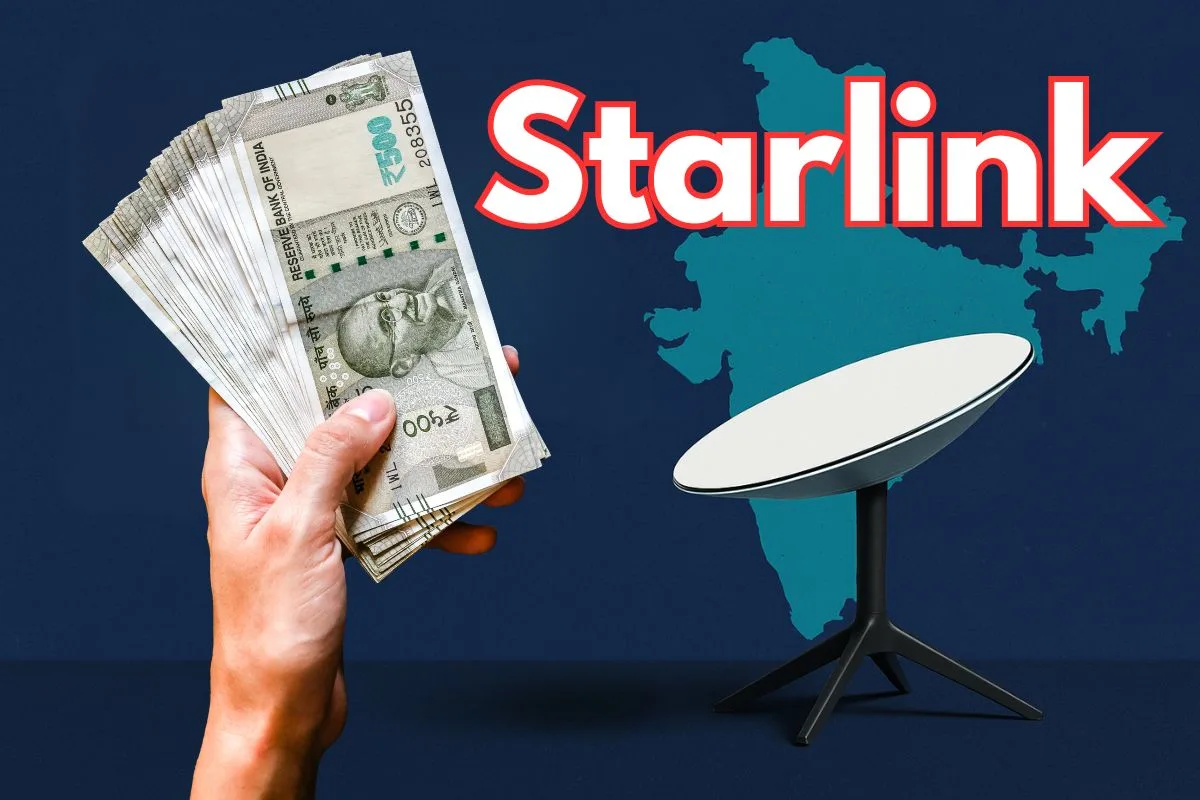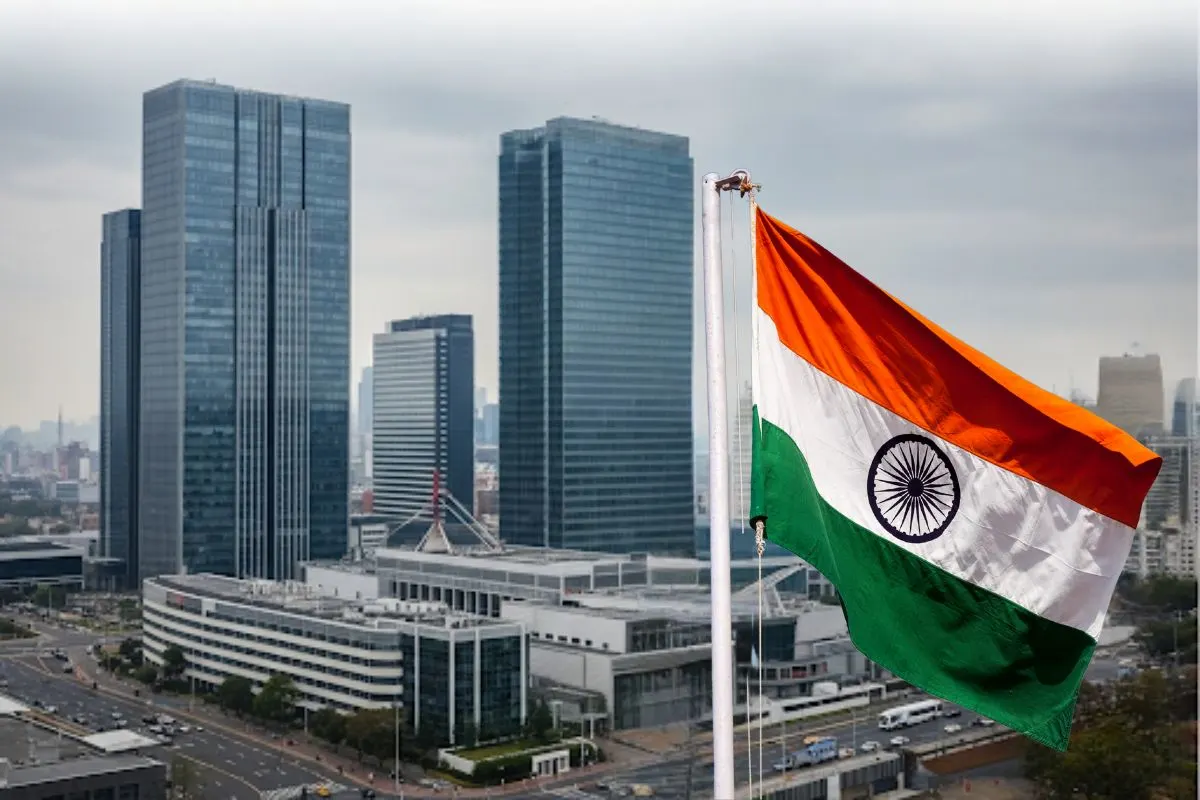Starlink’s entry into the Indian market presents a nuanced value proposition. While it is poised to deliver high-speed, low-latency satellite internet, its primary utility is as a vital connectivity solution for remote, underserved, and enterprise locations where traditional fiber or mobile broadband infrastructure is either absent or unreliable.
Given its premium pricing and significant hardware costs, Starlink is not positioned as a mass-market competitor to existing terrestrial internet service providers in India. The anticipated monthly subscription for Starlink in India is approximately ₹3,000 for unlimited data, coupled with an upfront hardware cost estimated between ₹33,000 and ₹35,000.
Starlink’s Offering in India: Pricing, Performance, and Target Users
Starlink’s service offering in India is characterized by its premium pricing and high-performance capabilities, targeting specific market segments.
The financial outlay for Starlink service in India involves both an upfront hardware purchase and recurring monthly subscriptions. The Starlink receiver kit, which includes the satellite dish and router, is projected to cost approximately ₹33,000 to ₹35,000. This aligns with global pricing, where ground equipment typically ranges from $250 to $600 (₹20,000–₹50,000), with the standard hardware in the US priced at $349.
The anticipated monthly subscription for unlimited data is around ₹3,000. While some reports have mentioned the possibility of a one-month free trial or a promotional low-cost plan starting at ₹840 per month, the widespread availability of such offers remains unconfirmed. For context, Residential Lite plans in other Asian markets like Japan, Malaysia, and Bangladesh are priced similarly, ranging from ₹2,600 to ₹3,000, with standard plans often between ₹4,000 and ₹6,000.

This pricing structure highlights a significant challenge for Starlink in India: the price-performance paradox. Starlink offers speeds up to 220 Mbps and low latency, which are excellent for areas with no existing internet. However, its pricing is substantially higher than current Indian broadband options, where fiber plans can start as low as ₹300 per month.
This disparity means that while Starlink provides a technically superior solution, its market adoption will be limited to a niche segment—those with a critical need for connectivity who can afford the premium cost, or enterprise and government clients. The comparison with some African markets, where Starlink can be more affordable than local ISPs , underscores India’s unique low-cost telecom environment and the inherent affordability barrier for Starlink’s mass-market penetration.
Anticipated Speeds and Latency in India
Starlink’s service in India is expected to deliver download speeds ranging from 25 Mbps to 220 Mbps at launch. Users in other countries frequently report speeds exceeding 100 Mbps, with the median peak-hour download speed in the US reaching nearly 200 Mbps. Looking ahead, Starlink 3.0, with new satellites scheduled for launch starting in 2026, is projected to offer speeds up to 10 times faster, potentially delivering over 1,000 Gbps (1 Tbps) of downlink capacity per satellite.
For upload speeds, the current global lower speed tier typically provides 20 Mbps. However, data from Ookla indicates median upload speeds of 14.84 Mbps, which falls short of the FCC’s 20 Mbps broadband definition. The next generation of satellites aims to significantly improve this, with projections of over 200 Gbps uplink capacity per satellite.
A key advantage of Starlink’s LEO constellation is its significantly lower latency compared to traditional geostationary satellites. Users generally experience latency between 25 and 60 milliseconds (ms), comparable to a decent DSL or 4G connection. This low latency is crucial for applications sensitive to delay, such as online gaming and video calls. The company’s long-term objective is to achieve a stable 20 ms median latency. While Starlink’s distributed satellite constellation offers network resilience , its performance can be affected by inclement weather conditions, with clear skies providing optimal service.
Starlink India: Expected Costs & Speeds
| Metric | Expected Value (India) | Global Context / Future Outlook |
| Hardware Kit Cost | ₹33,000 – ₹35,000 | Global: $250-$600 (approx. ₹20,000-₹50,000); US: $349 |
| Monthly Subscription | ₹3,000 (unlimited data) | Asia (Lite plans): ₹2,600-₹3,000; Standard plans: ₹4,000-₹6,000 |
| Expected Download Speed | 25 Mbps – 220 Mbps (at launch) | US Median Peak-Hour: ~200 Mbps ; Gen3 (2026+): >1 Tbps downlink/satellite |
| Expected Upload Speed | ~15 Mbps (current median) | Current global lower tier: 20 Mbps ; Gen3 (2026+): >200 Gbps uplink/satellite |
| Expected Latency | 25 ms – 60 ms | Goal: 20 ms median latency |
| Target Market/Use Case | Remote, underserved, geographically challenging areas; disaster relief; enterprise/B2B/B2G; niche/premium users |
India’s broadband market is characterized by intense competition and widespread availability of fiber and mobile broadband services, primarily driven by major players like Reliance JioFiber, Airtel Xstream Fiber, and the government-backed BSNL BharatNet. These providers have made substantial investments in expanding their networks, encompassing extensive 4G and rapidly growing 5G coverage, which now extends into semi-urban and increasingly rural areas.
Comparison of Pricing, Speeds, and Coverage
Reliance JioFiber: JioFiber has significantly disrupted India’s broadband sector with its highly competitive pricing and high-speed fiber services. Plans start as low as ₹399 plus GST per month for unlimited data at 30 Mbps. Other popular plans include ₹599 plus GST for 30 Mbps with 12 OTT apps, ₹899 plus GST for 100 Mbps with 12 OTT apps, and up to ₹1499 plus GST for 300 Mbps with 16 OTT apps. JioFiber offers speeds up to 1 Gbps.
Airtel Xstream Fiber: Airtel Xstream Fiber is renowned for its consistent performance and responsive customer service. Its plans begin at ₹499 per month plus GST for 40 Mbps. Higher-tier options include ₹799 per month plus GST for 100 Mbps, ₹1599 per month plus GST for 300 Mbps, and ₹3999 per month plus GST for 1024 Mbps. Like Jio, Airtel offers speeds up to 1 Gbps.
BSNL BharatNet (Bharat Fiber): BSNL BharatNet is a government-backed initiative designed to provide high-speed broadband connectivity to all 250,000 Gram Panchayats (GPs) across India, covering 625,000 villages. Its Bharat Fiber plans are highly affordable, starting from ₹399 for 50 Mbps. A rural FTTH Voice plan is available for ₹249 for 25 Mbps (up to 10 GB). Installation charges were waived until March 2025. BSNL Bharat Fiber offers speeds up to 300 Mbps. As of March 2025, over 2.18 lakh GPs have been made “service ready,” with extensive optical fiber cable (OFC) laid and over 1.2 million Fibre-To-The-Home (FTTH) connections commissioned, complemented by over 100,000 Wi-Fi hotspots for last-mile connectivity.
The aggressive pricing strategies of Indian terrestrial ISPs, with 100 Mbps plans from JioFiber and Airtel Xstream Fiber typically costing around ₹800-₹900, and BSNL offering 50 Mbps for approximately ₹400, establish an exceptionally low “Indian price point” for broadband. This competitive environment means that new entrants like Starlink must either match these prices—which is currently not feasible for satellite technology—or target segments where the availability of
any reliable internet connection outweighs the cost. The stated ambition of the Tamil Nadu government to offer 100 Mbps connections at ₹200 per month by late 2025 further underscores the government’s commitment to ultra-affordable high-speed internet, setting a formidable benchmark for any premium service. This deep price sensitivity is a major structural barrier to Starlink’s mass adoption and reinforces its position as a niche provider.
Comparison of Major Indian Broadband Providers (Pricing & Speeds)
| Provider Name | Starting Monthly Price (₹) | Starting Speed (Mbps) | Max Speed (Mbps) | Key Bundled Services | Primary Coverage Focus |
| Reliance JioFiber | ₹399+GST | 30 | 1000 | Free OTT (12-16 apps), 800+ Digital TV, Free 4K STB & Router (zero entry cost) | Urban, Semi-urban, expanding rural |
| Airtel Xstream Fiber | ₹499+GST | 40 | 1000 | Unlimited data, Free Wi-Fi router & installation, Bundled OTT (Netflix, Amazon Prime, Apple TV+, JioHotstar, ZEE5 etc.), TV channels | Urban, Semi-urban, expanding rural, AirFiber for wireless 5G |
| BSNL BharatNet (Bharat Fiber) | ₹249 (Rural FTTH Voice), ₹399 (Bharat Fiber) | 25 (Rural FTTH Voice), 50 (Bharat Fiber) | 300 (Bharat Fiber), 1000 (withdrawn plans) | Voice calls, some OTT bundles on higher plans | Rural, Gram Panchayats, remote areas |
Is Starlink Worth It for India? A Value Proposition Assessment
Determining whether Starlink is “worth it” for India requires a nuanced assessment that considers its unique advantages against its significant cost and the existing competitive landscape.
Bridging the Digital Divide: Starlink’s Unique Advantage
Starlink’s most compelling value proposition in India lies in its ability to provide connectivity in areas traditionally unserved or underserved by terrestrial infrastructure. It offers a crucial lifeline in truly remote and geographically challenging regions, such as mountainous areas, dense forests, and isolated islands, where laying fiber optic cables is either economically unfeasible or physically impossible.
Beyond individual household connectivity, Starlink’s independence from ground infrastructure makes it an invaluable asset for disaster resilience and emergency services. It can provide critical communication during natural disasters or emergencies, significantly aiding relief efforts and supporting affected populations when conventional networks fail. Specific use cases extend to benefiting remote workers, researchers, and residents of isolated communities. It can also provide internet access to ships and aircraft operating in Indian waters and airspace, and support remote railway projects, as highlighted by the IT and Railways minister. Even at speeds of 50 Mbps, which might seem modest compared to urban fiber, Starlink can be transformative for rural communities, effectively “fast forwarding” their internet access quality by years, enabling digital inclusion where none existed.
Cost-Benefit Analysis: Evaluating High Costs vs. Connectivity Benefits
The primary barrier to Starlink’s widespread adoption in India is its high cost. The significant upfront hardware cost, estimated between ₹33,000 and ₹35,000, coupled with a monthly subscription of around ₹3,000, represents a substantial financial burden for the average Indian consumer, particularly in rural areas where incomes are generally lower.
However, for users or businesses in areas with no other viable broadband option, the cost becomes secondary to the availability of reliable, high-speed, low-latency internet. In such scenarios, Starlink’s value proposition is exceptionally strong. It enables essential services like online education, telemedicine, and digital entrepreneurship that would otherwise be impossible, thereby unlocking significant socio-economic benefits. For business-to-business (B2B) and business-to-government (B2G) applications—such as remote banking, logistics, defense, or emergency services—where reliable connectivity is critical for operations and revenue generation, the higher cost is more easily justified as a necessary operational expense. The “worth” of Starlink in India is not a universal metric but rather a function of the
opportunity cost of not having internet. For an individual or business in a remote area, the cost of being unconnected (e.g., inability to access education, healthcare, e-commerce, or conduct critical business operations) can far outweigh Starlink’s high price. Similarly, for disaster management or defense, the cost of communication failure is immense. Therefore, Starlink’s value is maximized when the alternative is no connectivity at all or unreliable, low-speed connectivity that impedes critical functions, rather than simply a cheaper, albeit slower, alternative.
Starlink’s value proposition for India is highly specific and contextual. It is undeniably “worth it” for critical applications in truly remote, underserved, and geographically challenging areas where terrestrial broadband infrastructure is non-existent or unreliable. For such users—be they individuals, remote businesses, or government agencies involved in disaster relief or specialized projects—Starlink offers a transformative, high-speed, low-latency internet solution that enables vital services and economic opportunities previously unavailable. The ability to connect the unconnected in these extreme last-mile scenarios is where Starlink provides unparalleled value, justifying its premium cost.
However, for the vast majority of the Indian population, particularly in urban, semi-urban, and increasingly accessible rural areas, Starlink’s high upfront hardware cost (₹33,000-₹35,000) and monthly subscription (₹3,000) render it largely unaffordable and less competitive compared to the robust, aggressively priced, and feature-rich fiber and mobile broadband services offered by domestic providers like JioFiber, Airtel Xstream Fiber, and BSNL BharatNet. The government’s imposed user cap of 2 million connections further reinforces Starlink’s role as a niche, complementary service rather than a mass-market disruptor.









